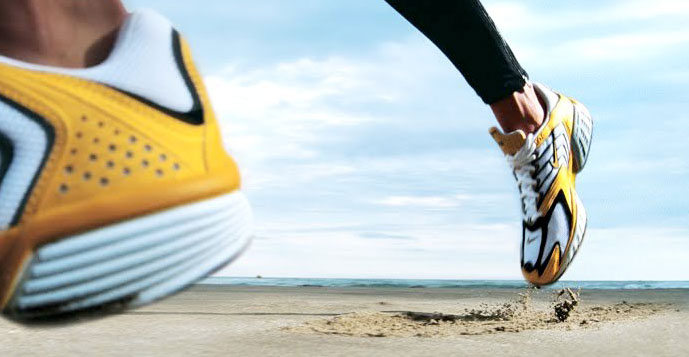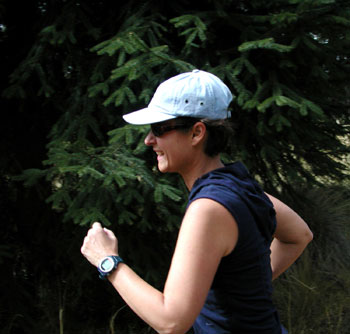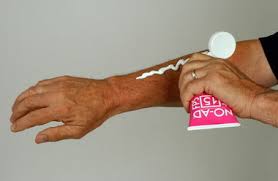Running is Simple, Right? No gym membership required, just motivation, a good route, and a pair of shoes.
Hold on, though... Choosing a pair of running shoes has become more and more complicated, for both new and veteran runners. Experts and a multi-million dollar industry tout shoes as essential tools to prevent injuries, by providing specialized support and stability. Shoes are “prescribed,” sometimes by a specialist such as a podiatrist, sometimes by trained running store staff. However, the growing popularity of barefoot running has brought this approach into question, making the selection of a shoe now even more difficult.
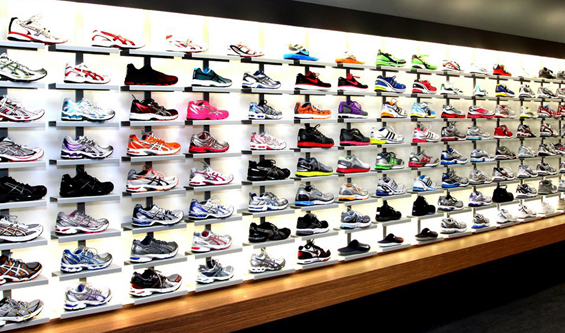
Shoe Theory 101
Traditionally, running shoes have been placed in one of three broad categories: cushioning, stability, or motion control. The biomechanics of the foot, in particular the sideways motion, dictate the shoe selection. After striking the ground, the foot follows a natural inward roll, called pronation, or over-pronation if exaggerated, or more rarely, under-pronation (or supination). At the running store, a salesperson will evaluate your gait by watching you walk or run a few steps, looking at wear patterns on your old shoes, and assessing your arch and foot shape. The conventional approach is to then recommend a stability neutral shoe for pronators, a motion-control shoe for over-pronators, and a cushioning shoe for under-pronators. This method has been brought under question by barefoot enthusiasts, who feel that heavy, overly cushioned shoes have actually contributed to increased injuries.
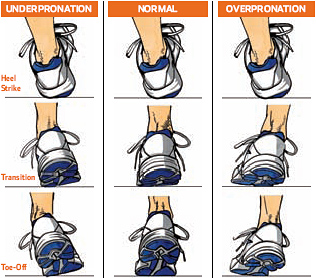
Barefoot or Bust
“Barefoot” running is actually a somewhat misleading name for this trend, as most of its followers choose shoes based on barefoot principles, leading to an introduction of a whole new class of shoes. Minimalist shoes offer a thin layer of protection from the running surface, with very little to no cushioning or support. This encourages a more “natural” mid to forefoot strike and provides more physiological feedback. Although studies show there may indeed be less stress load for some runners without cushioning, there is no research to prove that barefoot running is superior in injury reduction (American College of Sports Medicine, June 2012).
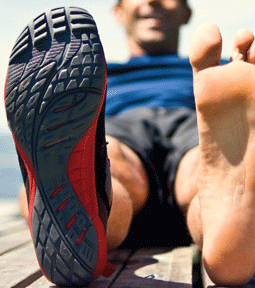
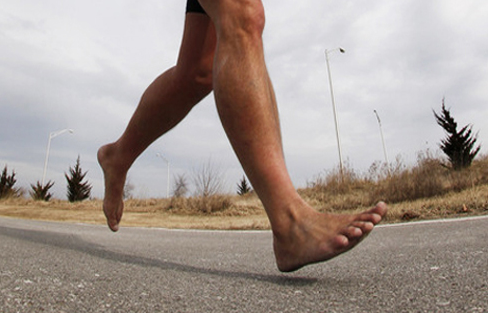
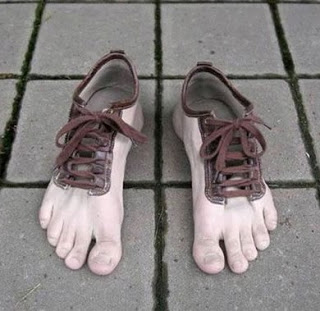
The clinical research on cushioned, traditional shoes does not provide any clearer direction. A 2009 review article in the British Journal of Sports Medicine concluded that there is no evidence to support prescription of pronation-control, elevated cushioned heel running shoes. The American Journal of Sports Medicine also published a study in 2010 showing shoe prescription was not effective in reducing injuries, with commentary on this study in the Clinical Journal of Sports Medicine suggesting further research is necessary.
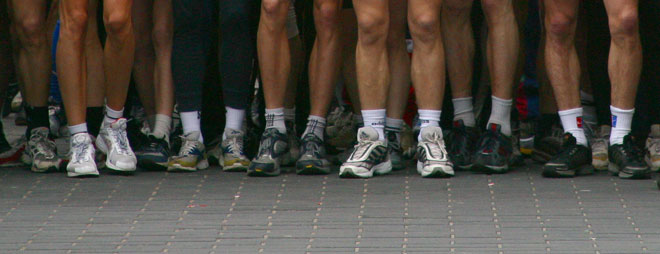
Our Top Tips for a Successful Shoe Search
So where does that leave the runner who is looking for some comfortable new shoes? The key to the answer may be as simple as that: find something comfortable to you that fits your running style. As the experts continue to debate the impact of types of shoes on the likelihood of preventing or causing injuries, it falls back to the individual runner to figure out what works for them. Here are a few common sense pointers to keep in mind during the shopping process:
| “if it ain’t broke, don’t fix it” – If you have a pair of shoes that works for you, replace them with something similar when the time comes – don’t feel you have to follow the latest trend | ||
| If you are new to the sport, or previous shoes haven’t been quite right, try on a variety of types of shoes (not just the ones recommended by the sales staff), until you find something that feels good – the right shoe should feel immediately comfortable, fit snugly in the heel yet have lots of room for your toes | ||
| If you are interested in barefoot running, be prepared to start slowly and augment with traditional shoes | ||
| Buy from a store with a generous return policy so that you can give the shoes a proper work out before deciding if they are right for you | ||
| Don’t assume that more money equals a better shoe | ||
| Don’t expect your shoes to prevent problems causes by increase mileage too quickly or over-training |
Weigh in with your thoughts/experience/advice in our comments section!

